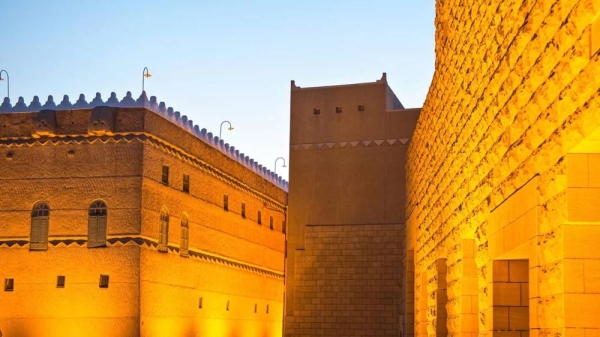Al-Murabba Palace in Saudi Arabia is a historic gem that has stood the test of time for over 89 years. Built in 1938, the palace served as the residence of King Abdulaziz Al Saud and played a key role in the country’s development. It has witnessed significant historical events and decisions that have shaped the Kingdom, including the founding of key institutions and the establishment of public education. The palace’s architecture reflects the local style of its era, utilizing materials such as mud, stone, and palm fronds to showcase the craftsmanship of that time.
The construction of Al-Murabba Palace spans an area of approximately 1,680 square meters, surrounded by lush orchards and gardens. The design features two floors, with the ground floor housing the royal guard and support staff, while the first floor includes the summer and winter councils of King Abdulaziz. The thick walls made of sun-dried mud and straw provide insulation, while the ceilings are adorned with intricate geometric patterns, showcasing the artistic flair of Saudi craftsmanship. The central courtyard allows natural light to illuminate the rooms, creating a serene environment for discussions and gatherings.
To preserve the cultural legacy of Al-Murabba Palace, the King Abdulaziz Foundation has connected it with the King Abdulaziz Memorial Hall. This hall houses three main collections dedicated to the history and personal artifacts of King Abdulaziz. The biography collection provides a detailed narrative of the king’s life, highlighting key milestones such as the founding of the Al Saud dynasty and the unification of the Kingdom. The private library of King Abdulaziz contains a remarkable assortment of rare books and publications, reflecting his intellectual pursuits and commitment to education. Additionally, the collection of historical artifacts offers a glimpse into the king’s life, including personal belongings and documents related to the discovery of oil in the Kingdom.
Al-Murabba Palace serves as a symbol of the legacy of King Abdulaziz and the evolution of Saudi Arabia. It invites visitors to reflect on the past while celebrating the cultural richness and historical significance that continue to shape the nation today. With its intricate architecture, historical importance, and connection to the personal artifacts of King Abdulaziz, the palace stands as a testament to the country’s heritage and traditions. It continues to be a place of cultural exchange and diplomacy, hosting kings and dignitaries from Arab and Islamic countries over the years.
Nestled in a fertile plain, Al-Murabba Palace is more than just a physical structure – it is a living piece of history that represents the journey of Saudi Arabia. The palace’s connection to key moments in the Kingdom’s development, such as the establishment of institutions and the issuance of currency, highlights its importance in the country’s history. The architectural design and materials used in its construction showcase the traditional building techniques of the time, preserving the essence of Saudi heritage for future generations to appreciate and learn from.
As visitors explore Al-Murabba Palace and the King Abdulaziz Memorial Hall, they are given a unique opportunity to delve into the life and legacy of King Abdulaziz. The collections housed within the hall offer insight into the king’s accomplishments, interests, and personal life, further enriching the visitor’s experience. Through these artifacts and narratives, the palace serves as a bridge between the past and the present, inviting individuals to connect with the history and culture of Saudi Arabia in a meaningful way.











